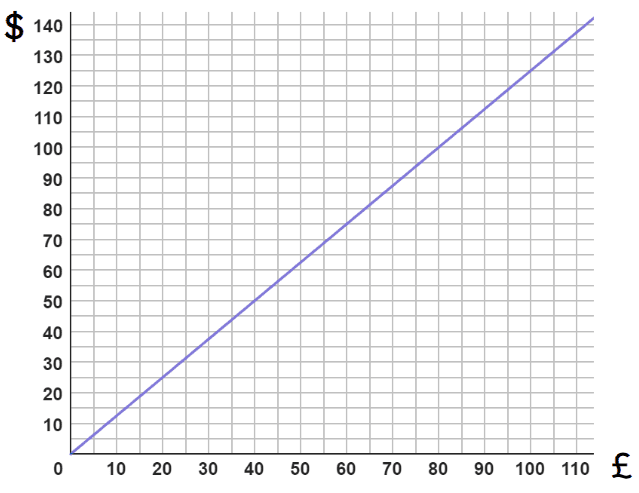Myths about teaching can hold you back
- Year 7
- Year 7
Describing more conversions with ratio
I can use ratio to describe conversions.
These resources will be removed by end of Summer Term 2025.
Switch to our new teaching resources now - designed by teachers and leading subject experts, and tested in classrooms.
These resources were created for remote use during the pandemic and are not designed for classroom teaching.
Lesson details
Key learning points
- Maps are a practical example of a multiplicative relationships.
- The scale factor is the multiplier.
- Multipliers have been used in previous learning, such as converting between units of measurement.
Keywords
Proportion - Proportionality means when variables are in proportion if they have a constant multiplicative relationship.
Ratio - A ratio shows the relative sizes of 2 or more values and allows you to compare a part with another part in a whole.
Common misconception
Using multiplication as repeated addition leads to incorrect additive strategies of ratios.
Focus on the multiplicative relationships between parts to whole or whole to parts.
To help you plan your year 7 maths lesson on: Describing more conversions with ratio, download all teaching resources for free and adapt to suit your pupils' needs...
To help you plan your year 7 maths lesson on: Describing more conversions with ratio, download all teaching resources for free and adapt to suit your pupils' needs.
The starter quiz will activate and check your pupils' prior knowledge, with versions available both with and without answers in PDF format.
We use learning cycles to break down learning into key concepts or ideas linked to the learning outcome. Each learning cycle features explanations with checks for understanding and practice tasks with feedback. All of this is found in our slide decks, ready for you to download and edit. The practice tasks are also available as printable worksheets and some lessons have additional materials with extra material you might need for teaching the lesson.
The assessment exit quiz will test your pupils' understanding of the key learning points.
Our video is a tool for planning, showing how other teachers might teach the lesson, offering helpful tips, modelled explanations and inspiration for your own delivery in the classroom. Plus, you can set it as homework or revision for pupils and keep their learning on track by sharing an online pupil version of this lesson.
Explore more key stage 3 maths lessons from the Understanding multiplicative relationships: fractions and ratio unit, dive into the full secondary maths curriculum, or learn more about lesson planning.

Licence
Prior knowledge starter quiz
6 Questions
Q1.Complete the sentence: The exchange rate shows a relationship between 2 currencies.
Q2.A graph representing a proportional relationship must go through which point?
Q3.Use the graph to convert £100 into dollars ($).

Q4.Use the graph to convert $25 into pounds (£).



